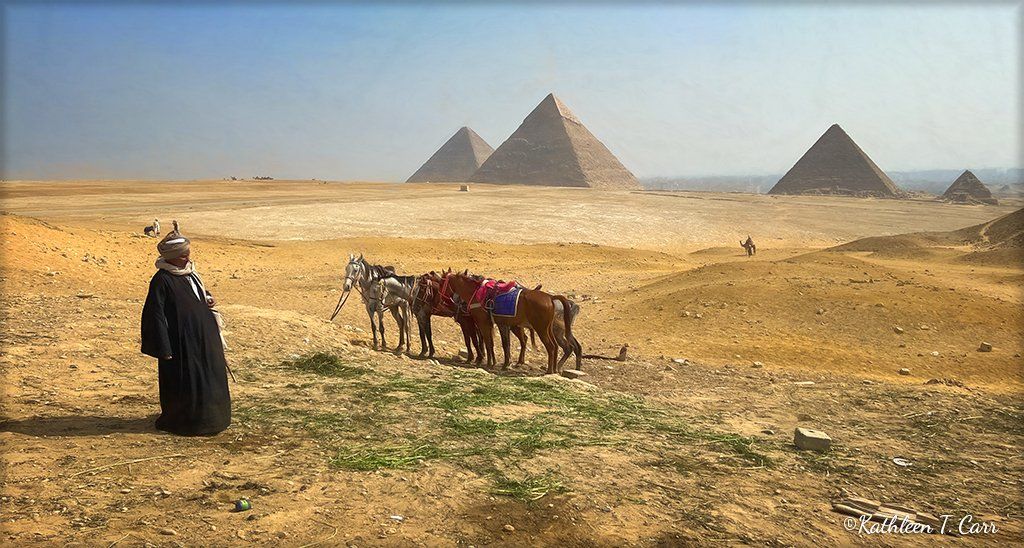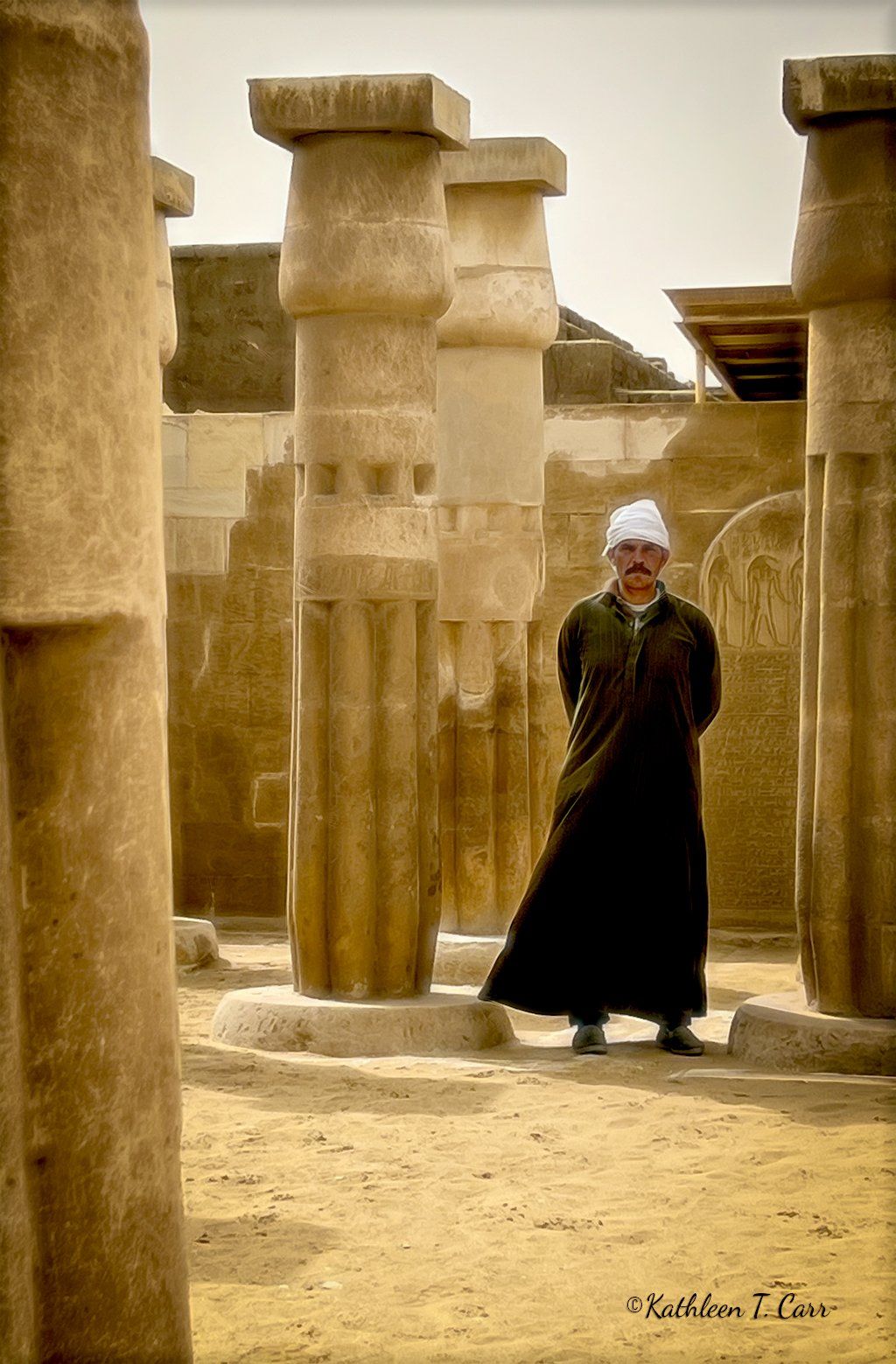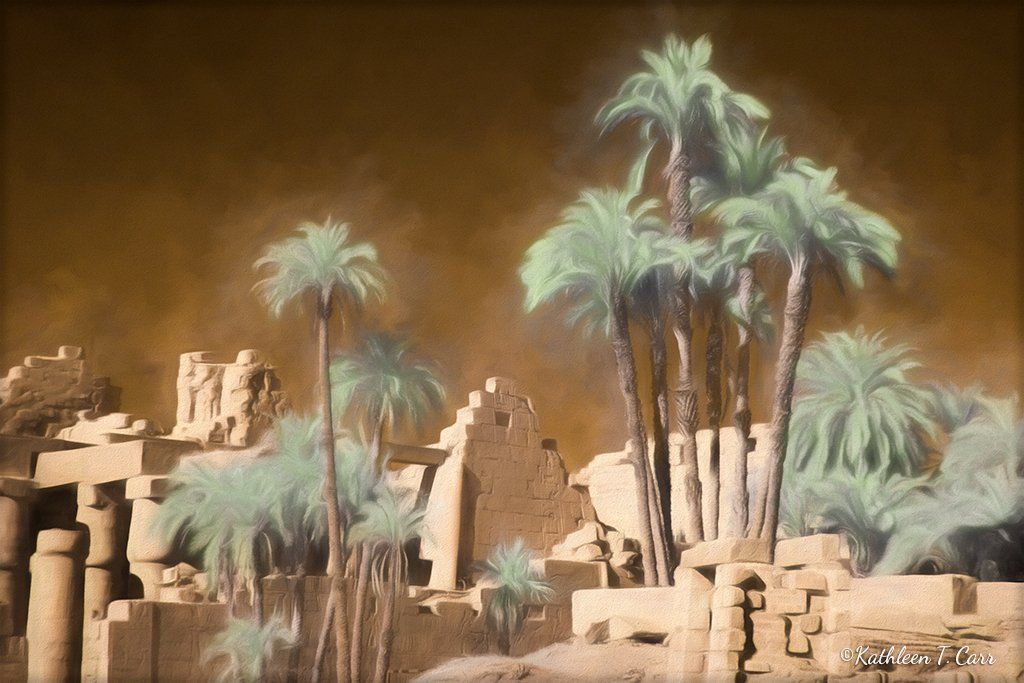May 2022 at the Gallery
Volume 13, Issue 5
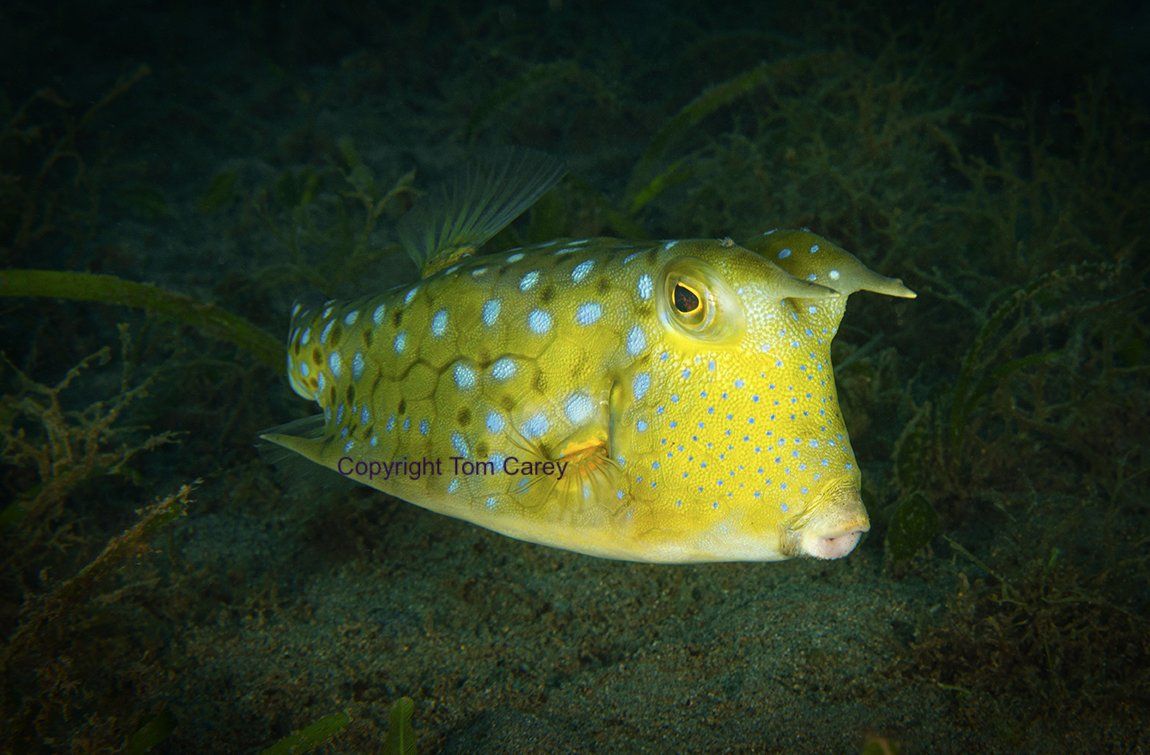
Artist of the Month:
Tom Carey
What does it take to be a professional underwater photographer? KVA’s featured artist of the month recently traveled to the Philippine islands, specifically the Islands of Mindoro, Negros Oriental, and Cebu. Now he shares some of his newest photos and what he went through to get them.
First, there’s the travel. Eleven hours of flying from Kona to Manilla, followed by a 2 hour taxi ride to the southern end of Luzon island, a 90 minute ferry ride from Luzon Island to Mindoro Island, and finally a ride on the local jeep-like buses called “jeepneys” to the destination dive area of Puerto Gallera.
If that isn’t enough of a travel adventure, imagine doing it with a 50 pound pelican case of photographic equipment and another 50 pound suitcase of dive equipment, plus two carry on bags with even more camera equipment.
In the final leg of getting to their ultimately underwater destination, all this gear gets packed onto a Filipino trimaran called a bangka. Typically, Tom will do four dives during the day and one more at night. It may sound exotic and no doubt a lot of fun for the adventurer, but this is not a leisure holiday.
All this effort does not guarantee any particular sea life encounter. In fact, Puerto Gallera used to be known for its large manta rays, dolphin, and sharks, but overfishing has decreased their populations, and Tom did not encounter any of these larger species during this trip. The good news is that the species are now protected, so hopefully their populations can make a comeback. In the meantime, the area remains blessed with healthy coral reefs and a diverse population of fish and invertebrates.
More about Tom Carey and underwater photography:
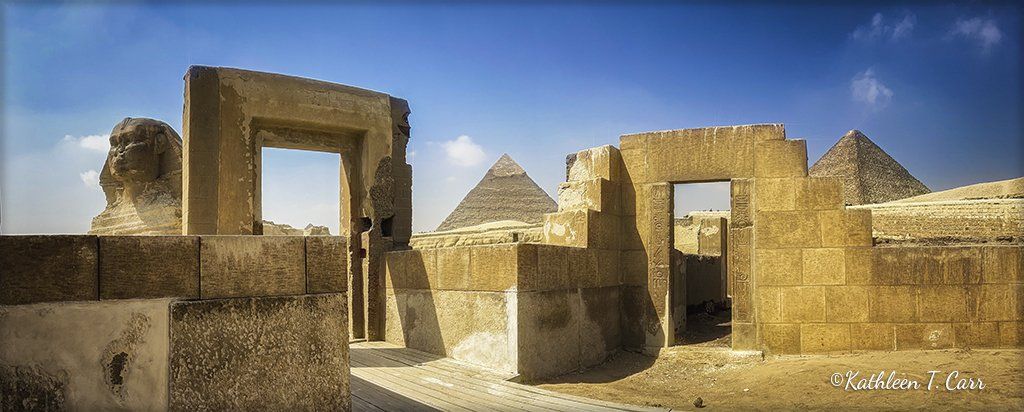
Capturing Essence
Through Photography
Editor's note: When I first realized that I had side-by-side articles featuring photographers and travel, I got worried. Would I provoke strife between two talented and valued members of KVA? When I brought it up for discussion, I was reminded that while they were both photographers, they had different subjects, styles, and approaches to photography. It wouldn't be any different than adjacent articles about two KVA painters. An excellent point, which in fact, highlights the different ways a camera can be used as an art tool.
Egyptian pyramids and temples. As hallmarks of human civilization that are upwards of 3,000 years old (the oldest being built more than 4,600 years ago), the Egyptian pyramids are one of the most visited, studied, sketched, and photographed monuments on the planet. The architecture and scale of the these tombs has made them a subject of study for thousands of years. The Nile River, the literal lifeline of the Sahara Desert, boasts some of the earliest commercial trade routes and passenger cruises. The apex destination of these Nile cruises was, of course, the Egyptian pyramids. In the words of KVA's member artist photographer Kathleen Carr, "The Great Pyramids are one of the most over-photographed places on the planet." So how does she differentiate her photographs of the pyramids from other amateur and professional photographers? And what are the challenges to achieving this feat?
More about Kathleen Carr and photographing pyramids and temples in Egypt:
Art Journeys
with Shannon Nakaya:
What Is Fine Art?
It depends on who you ask and there are absolutely grey zones. But for the sake of discussion, Oxford English Dictionary defines fine art as “creative art, especially visual art, whose products are to be appreciated primarily or solely for their imaginative, aesthetic, or intellectual content.”
To put it crudely, it is a work of art that serves no useful function whatsoever. Utilitarian it is not! As a consumer, fine art is totally a luxury item. As an artist, the definition of fine art includes some very captivating words: creative, imaginative, aesthetic, intellectual. The implication is that fine art is a visual creation that mentally engages its audience giving rise to thoughts and opinions and perhaps rousing emotions. Fine art is a brain game!
Historically, fine art encompassed painting, sculpture, architecture, music, and poetry. In modern times, music and poetry have become their own art forms, and fine art has become mostly about visual art and includes an almost unlimited range of media including photography, printmaking, drawings, watercolor, and sculpture using all manner of materials. So long as it serves no purpose other than to visually engage a mind, it can be made from pretty much anything and potentially qualify as fine art.
This bodes well for my mission to convince people that origami can be a medium for fine art. (Wink, wink.) My origami designs and sculptures have been described as “cool,” “amazing,” “interesting,” “experimental”, “cognitive,” “multi-layered”, and “mind-bogglingly complicated.” Through strategic folding and sculpting, I aim to infuse each creation with enough personality and character to tell a story. I would venture to speculate that qualifies it as fine art.

Tom Carey allows us to experience rare and amazing sea life without hauling a hundred plus pounds of equipment across thousands of miles. We don't even need to get wet, or cold, at night, in the dark.

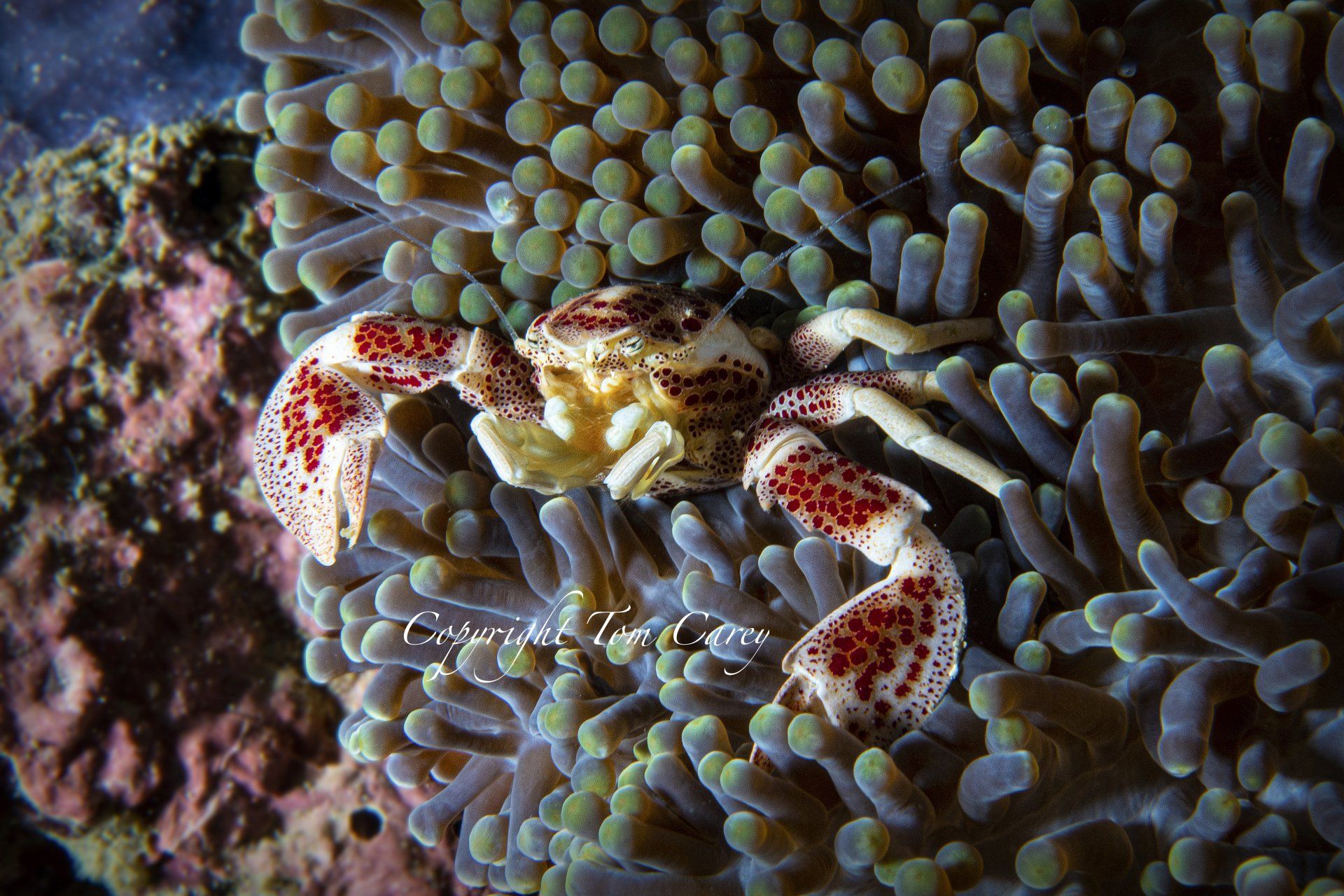
Night dives always have an element of excitement. Something unknown is more likely to happen.
In the waters off Puerto Gallera, on a night dive, Tom was lucky to find and photograph, among other night time reef denizens, a very small, quite rare Blue-ringed
octopus. Local guides hadn't seen one
in the area for several months. The species is famed for the deadly venom it
uses
to subdue prey, but is not known to be otherwise
aggressive, so Tom was not particularly worried while tracking the thimble-sized cephalopod. He was able to take a few photos before it was frightened off by the commotion of other divers.
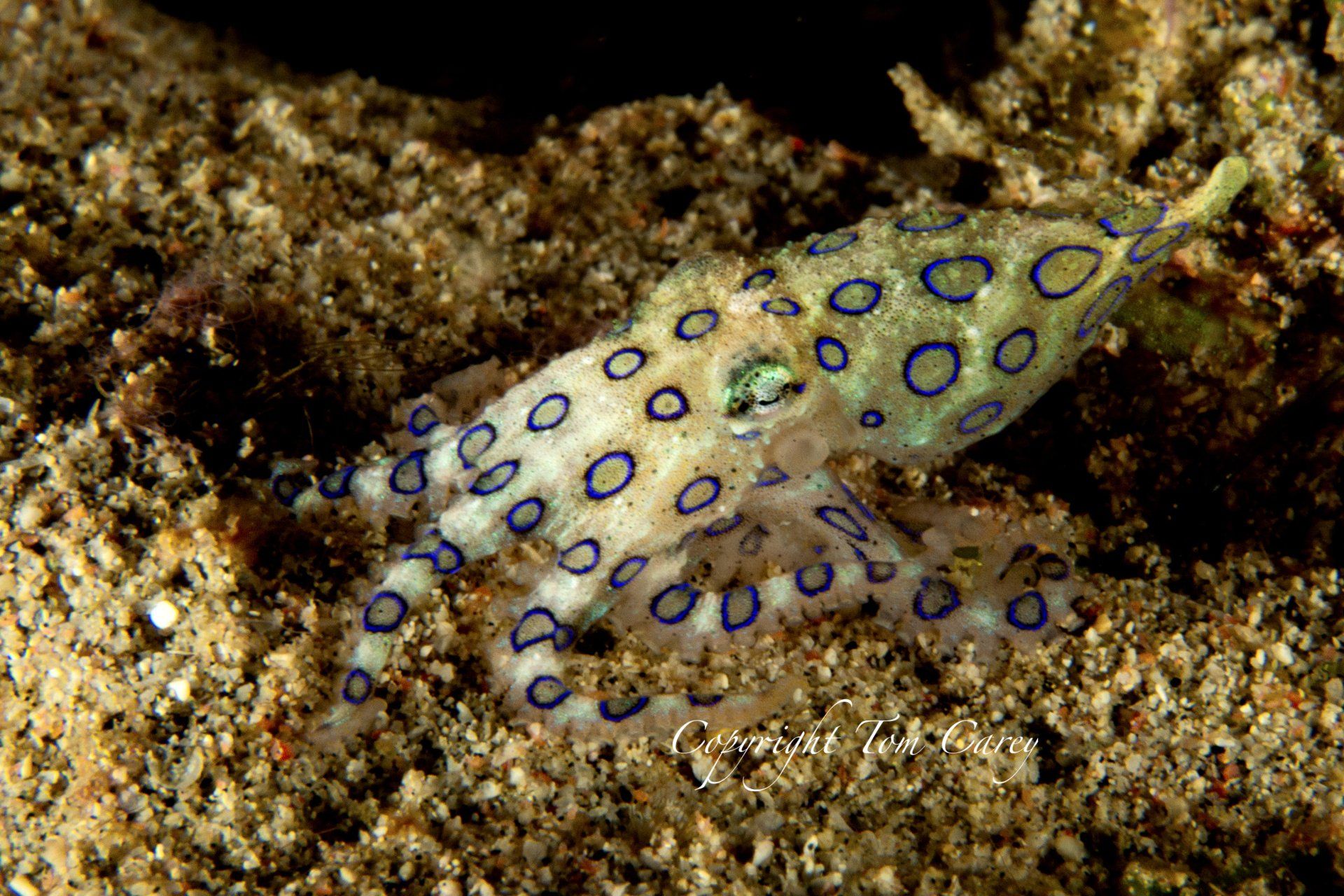
On another night dive, he found the fantastically beautiful Mandarin fish. These little fish search for their mates just after sunset, and when they find their lovers, they do a brief courtship dance just above their home in the coral rubble. It was a joy to encounter and photograph.
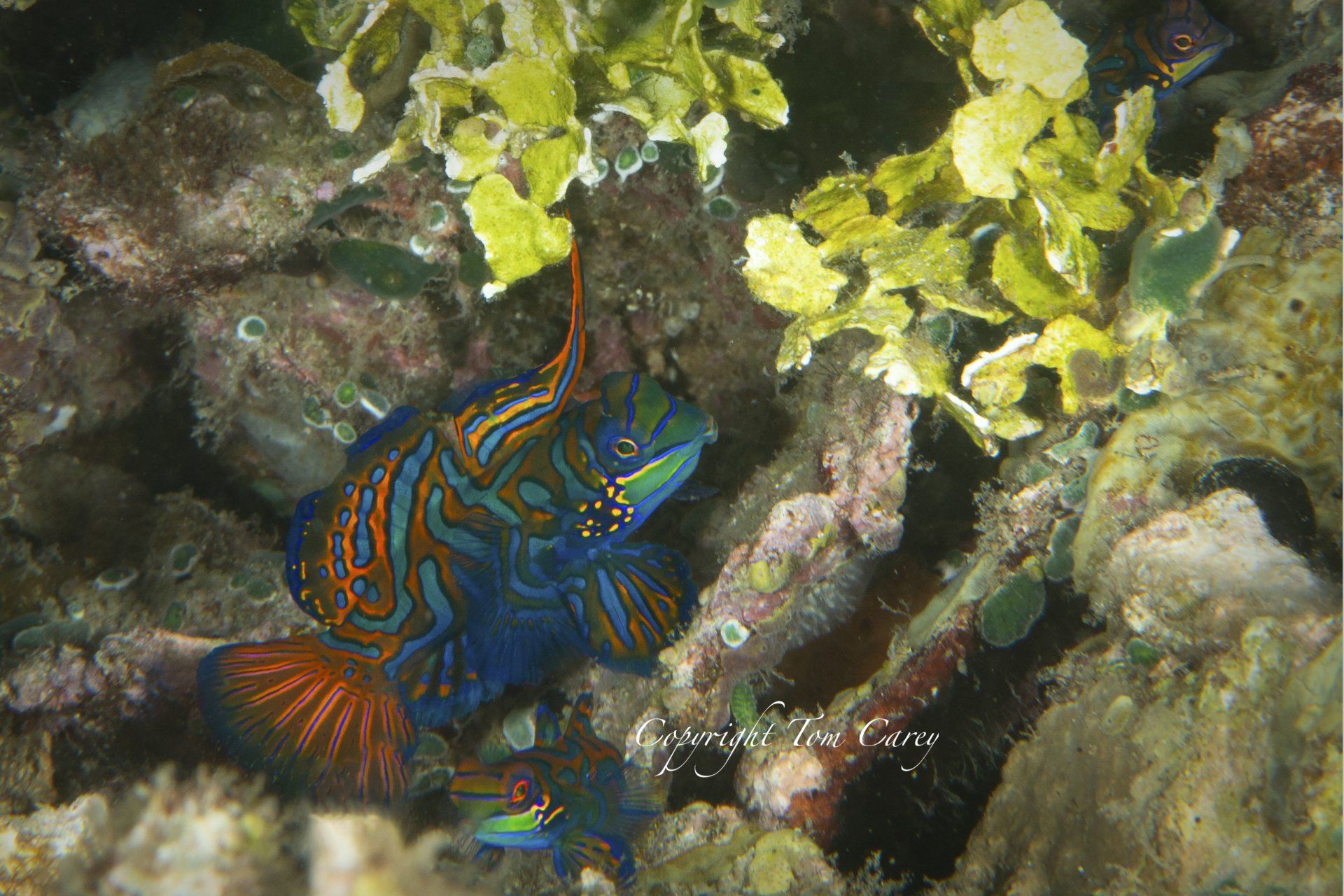
The next adventure was on Negros Oriental island and the town of Dumaguete. The area is a protected marine sanctuary and the seafloor abounds with marine life — cuttlefish, octopi, squid nudibranchs, and lots more. The diving here is considered “muck diving” meaning that many of the fish and marine invertebrates, some a small as a pea, will be found in the fine sand and rubble. It also means that the diver, and particularly the dive photographer, requires exquisite buoyancy control so as not to stir things up and get caught in the middle of a cloud of silt.
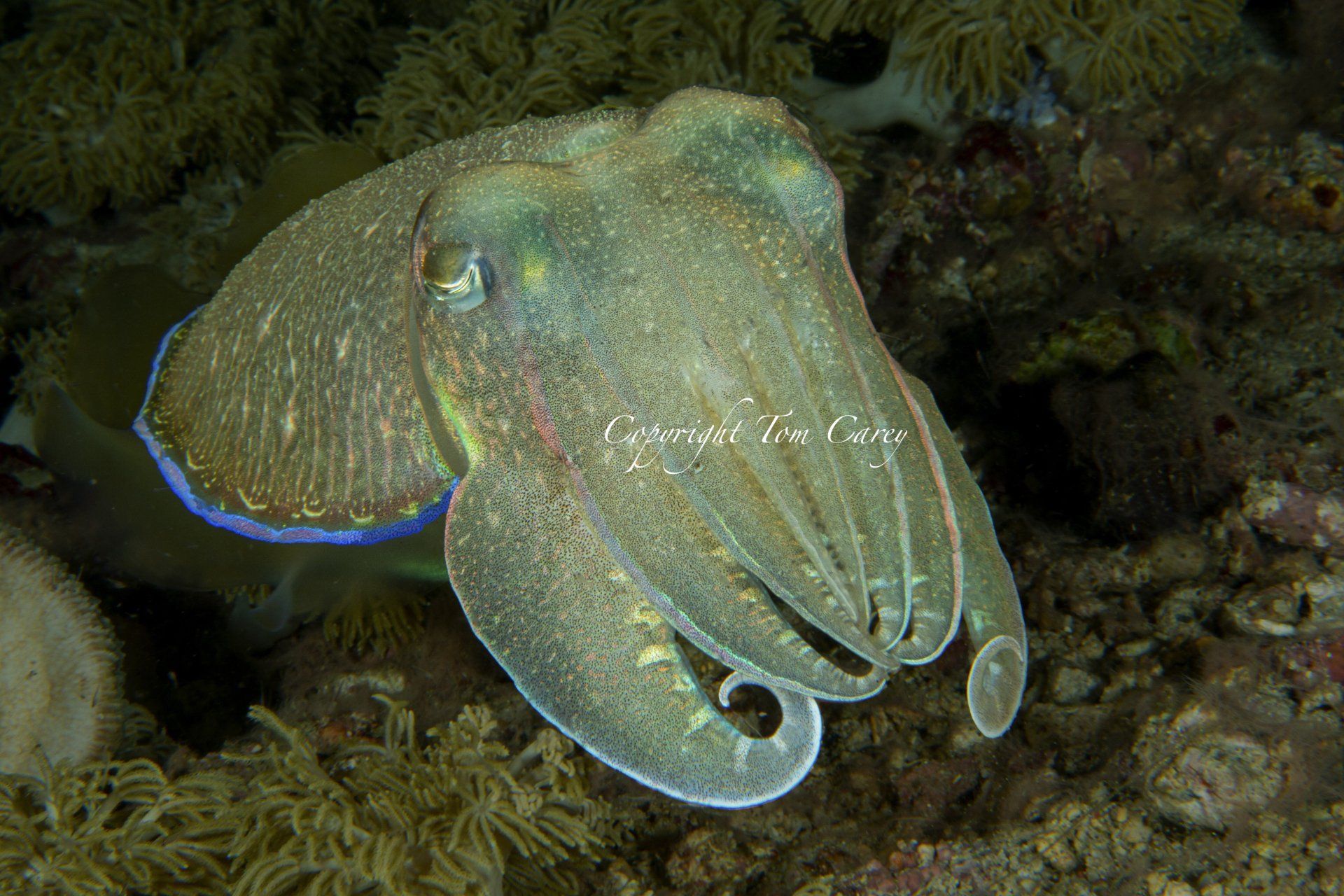
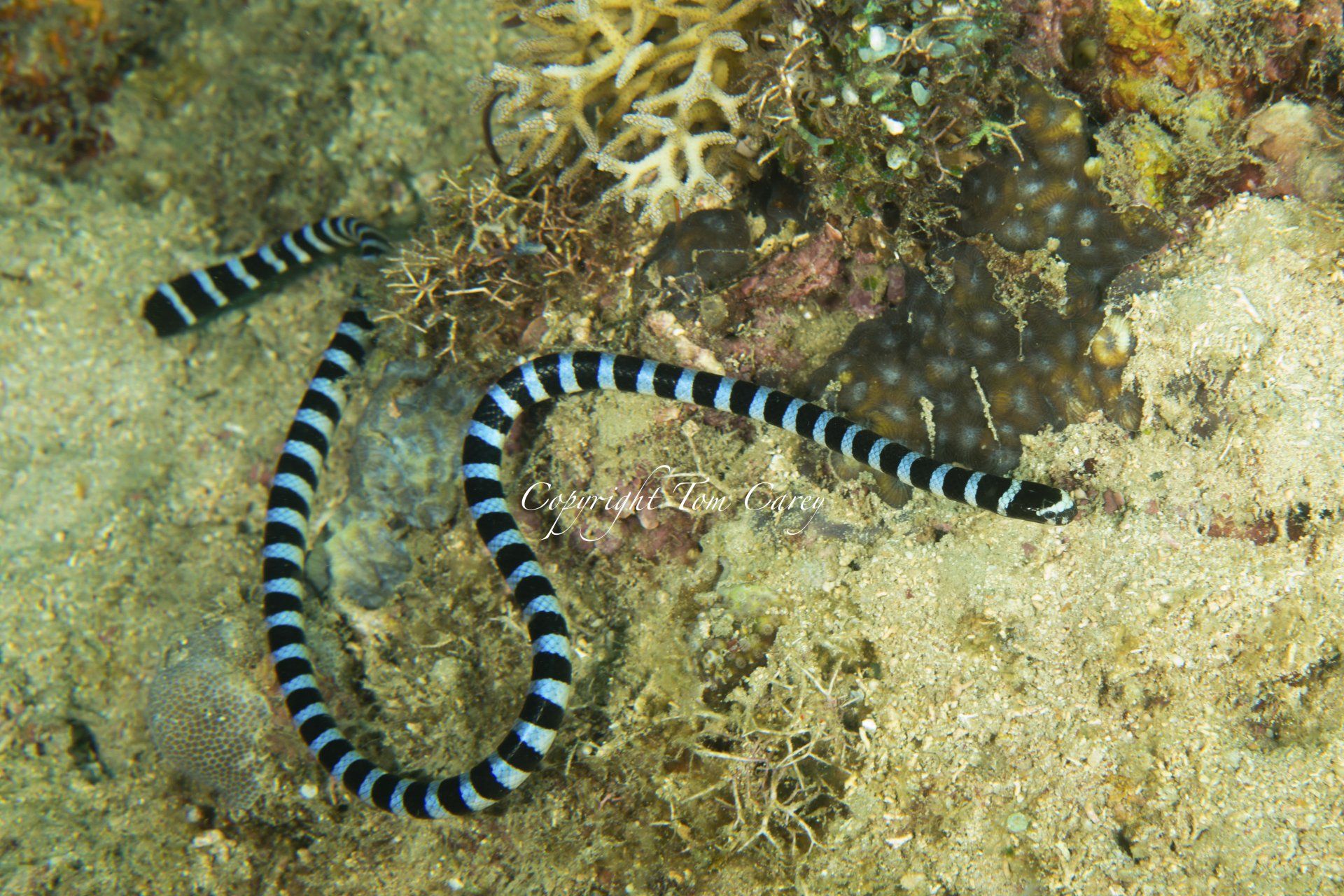
The last adventure on this visit to the Philippines was to Oslob, on Cebu island. In the small village of Tan Awan, the locals have been feeding Whale sharks since 2011, luring them in by feeding them fish on a daily basis. This has been a boost to the local economy, but a very controversial program, with many marine scientists being against the commercial activity. With that being said, swimming with the mostly juvenile whale sharks was a lot of fun with very close encounters of a Whale shark kind.
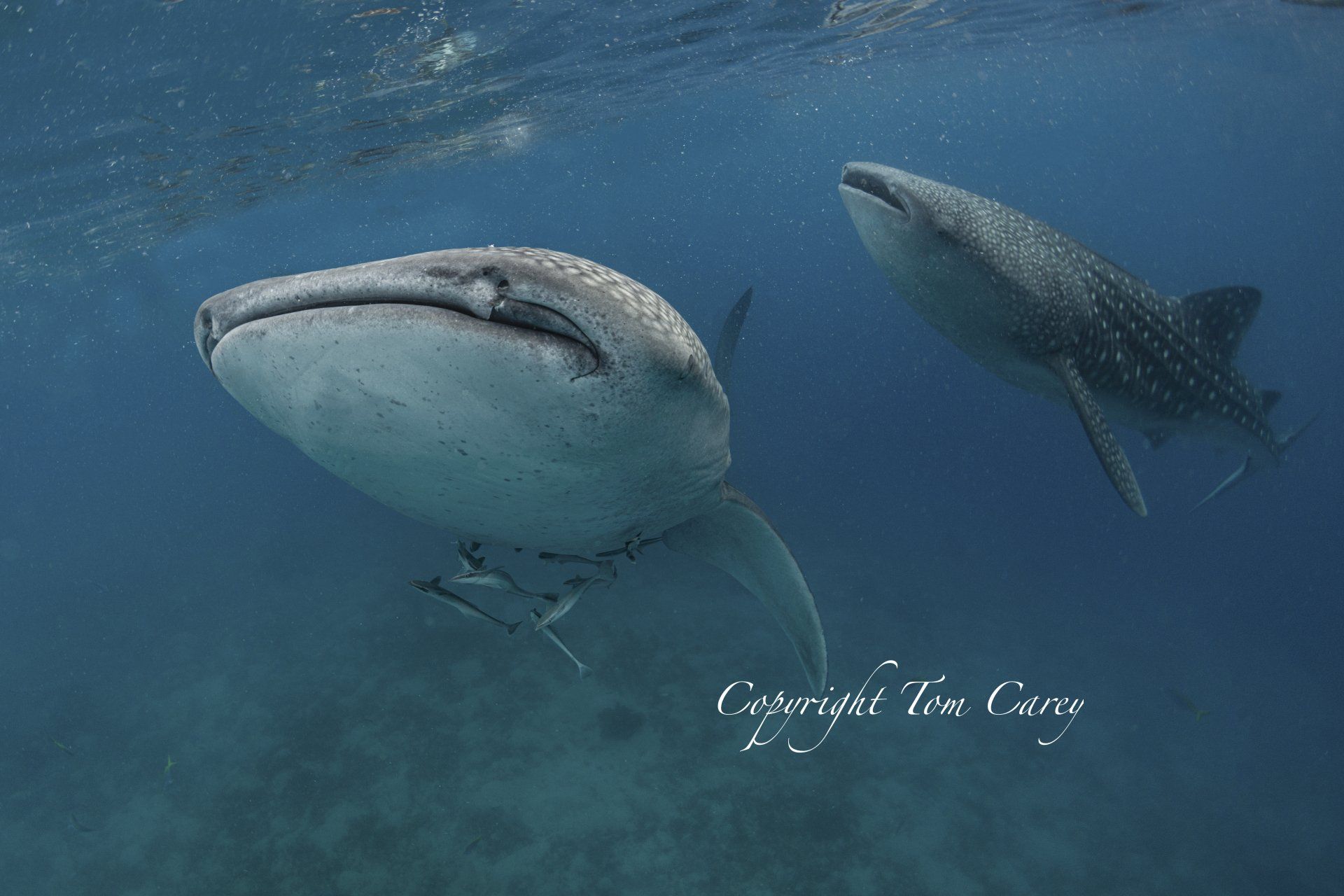
If you would like to meet our underwater photographer with splashes of adventurer, marine biologist, environmentalist, and field anthropologist in person, he will be at KVA Gallery every Wednesday from 10 to 5 throughout the month of May.
First there are some realities that all pyramid visitors, with and without cameras, need to deal with. With more than 14 million visitors a year, no one is likely to get a private viewing of the pyramids. If you don't want other visitors in your photo, you need to wait for crowds to pass and hope there aren't any stragglers. You also get what you get in terms of weather and lighting. Some will have the luxury of revisiting on a different day, but you still get what you get. Even so, when the scenery is as grand as the pyramids, even amateurs can achieve moderately impressive images, especially with camera technology becoming more sophisticated and more affordable.
Professional photographers -- be they travel photographers, panoramic photographers, or photojournalists -- will have more specialized equipment and a better working knowledge about light, shadows, composition, color, tone, and other technical elements of capturing an image. Their likelihood of capturing what it really looks like is higher than the amateur.
And then there are the fine art photographers like Kathleen Carr who is essentially a professional photographer, though she takes it a step beyond, aiming to capture feelings rather than just an accurate representation of a place or object. (This is the same approach she uses in her photos of Hawaii that grace KVA gallery, by the way.) In the case of the Great Pyramids and other Egyptian tombs and temples, she wants to capture the essence of the place and the immensity of the experience.
Viewing her images, it appears that she has once again nailed it. Carr's images remind us that these are not just magnificent architectural accomplishments but temples for the gods of the people who conceived them. Her inclusion of two archways invites entry, but absence of any supplicants suggests tremendous and intimidating power contained within and beyond. Indeed, it was the intent of the pharaohs to discourage desecration of their final resting place.
Some of this, Carr does based on years of experience behind a lens. Some of it, she does intuitively. But going places and taking photos is not the end of her work. Her process involves lots of photos and lots of editing. 3,233 images captured during a two week Nile River tour with an additional week in Giza and Saqquara, to be exact. That collection of images is kind of like a new wardrobe of clothing for Carr. She will continue to revisit the collection, picking out an image or images, and working it, if you will, with Photoshop and other software to enhance the feeling and experience that she wants to relate.

